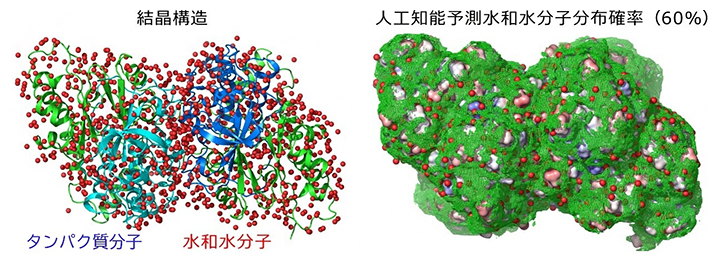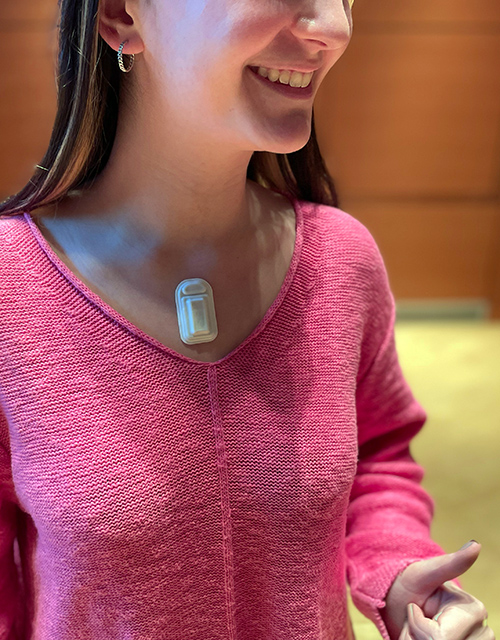人工血管の改良に向けたピット大学の研究者の取り組みがJournal of Biomechanical Engineeringに掲載 Pitt researchers’ effort to improve vascular grafts published in Journal of Biomechanical Engineering
2023-02-21 ピッツバーグ大学
◆動脈硬化は、他の心血管系疾患と同様に、血管に人工血管を取り付け、閉塞した動脈の周りの血流を転換させる血管バイパス術によって治療することが可能です。しかし、血管が細い、あるいは使えない患者さんでは、その部分に血栓や細胞が溜まってしまい、人工血管がうまくいかないことがあります。
◆スワンソン大学工学部生物工学科のジョナサン・バンデギースト教授と学際的な研究者チームは、バイパス手術が必要な患者をサポートするために、自己洗浄型人工血管の開発を進めています。自浄性人工血管は、血小板と呼ばれる微小な血液細胞をはじき出し、患部付近でのタンパク質層の形成を防ぐことで、血栓のリスクを低減することができるだろう。
◆チームは、多孔質媒体中に水が飽和していることを示す多孔質弾性モデル内の層状で多孔質の人工血管の力学的、流体輸送的、幾何学的特性を利用して、血管内腔壁から半径方向内側に向かう血液の速度を上げ、自浄作用を促進させた。
◆論文は、2023年2月にJournal of Biomechanical Engineering誌に掲載されました。
<関連情報>
- https://news.engineering.pitt.edu/designing-self-cleaning-vascular-grafts-to-combat-cardiovascular-disease/
- https://asmedigitalcollection.asme.org/biomechanical/article-abstract/145/2/021002/1146123/Optimizing-the-Porohyperelastic-Response-of-a
Luminal Self-Cleaningを促進するための層状コンプライアンスマッチ人工血管の多孔質弾性応答の最適化 Optimizing the Porohyperelastic Response of a Layered Compliance Matched Vascular Graft to Promote Luminal Self-Cleaning
Ali Behrangzade,Bruce R. Simon,William R. Wagner,Jonathan P. Vande Geest
Journal of Biomechanical Engineering Published: October 6, 2022
DOI:https://doi.org/10.1115/1.4055563
Abstract
Thrombosis and intimal hyperplasia have remained the major failure mechanisms of small-diameter vascular grafts used in bypass procedures. While most efforts to reduce thrombogenicity have used a biochemical surface modification approach, the use of local mechanical phenomena to aid in this goal has received somewhat less attention. In this work, the mechanical, fluid transport, and geometrical properties of a layered and porous vascular graft are optimized within a porohyperelastic finite element framework to maximize self-cleaning via luminal reversal fluid velocity (into the lumen). This is expected to repel platelets as well as inhibit the formation of and/or destabilize adsorbed protein layers thereby reducing thrombogenic potential. A particle swarm optimization algorithm was utilized to maximize luminal reversal fluid velocity while also compliance matching our graft to a target artery (rat aorta). The maximum achievable luminal reversal fluid velocity was approximately 246 μm/s without simultaneously optimizing for host compliance. Simultaneous optimization of reversal flow and compliance resulted in a luminal reversal fluid velocity of 59 μm/sμm/s. Results indicate that a thick highly permeable compressible inner layer and a thin low permeability incompressible outer layer promote intraluminal reversal fluid velocity. Future research is needed to determine the feasibility of fabricating such a layered and optimized graft and verify its ability to improve hemocompatibility.



